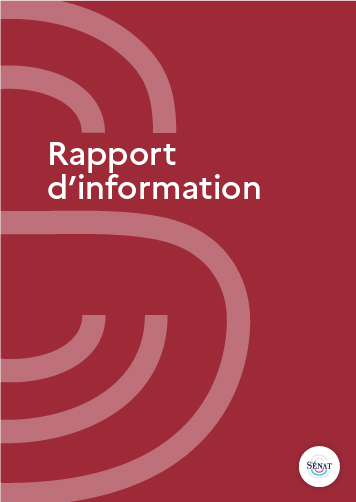Le résumé
European Defence:
The Challenge of Strategic Autonomy
This report challenges some conventional wisdom. Despite the pessimism that is often the norm on this issue, European defence is progressing, although not in the shape of a formal master plan, and even less of some utopian "European army," but rather through a series of progressive, multifaceted developments.
We all too often have an exclusively France-centric vision of the issue, failing to take our partners' perspectives into account as well. But how can we have European defence without the Europeans? We must also be attentive to their perception of the issues and of our proposals, and the rapporteurs therefore visited seven European countries and conducted numerous hearings in Paris.
The rapporteurs noted that some traditional concepts, such as deterrence, are unclear, or are a source of misunderstandings for our partners. The same is true of our relationship to NATO. Our legitimate desire for European strategic autonomy is often misunderstood as a desire to distance ourselves from the United States. Outside France, no one disputes the obvious: the defence of Europe is still largely provided by NATO, and therefore by the United States. To provide for the defence of Europe without the United States would cost Europeans euro300 billion. Are our countries ready? We must begin by recognizing this reality, if we wish to understand the positions of most of our partners and their concerns about certain positions that may appear to suggest an intention on the part of France to break away from the United States, which is in fact not the case.
But Europe must also stand firm: its defence cannot be bought with equipment contracts. The preservation of the European Defence Technological and Industrial Base (EDITB) is a matter of vital importance.
The report also argues that no European defence is possible without the United Kingdom, and that the EU must sign a defence and security treaty with the UK as soon as possible after Brexit in order to link it to EU systems in a flexible way.
The report offers 12 proposals for how to take up the challenge of strategic autonomy. The aim is to capitalize on what works and move forward together.








